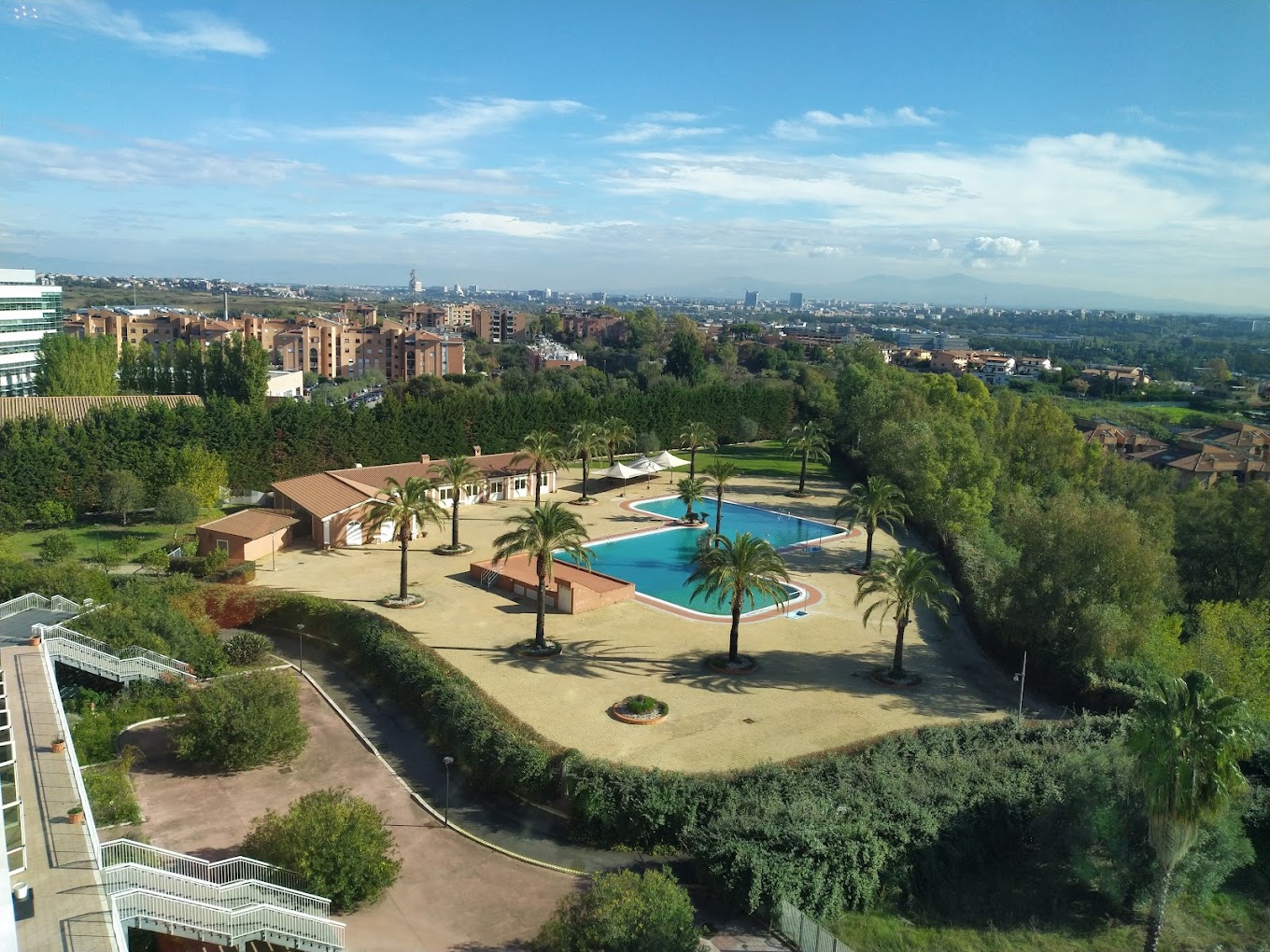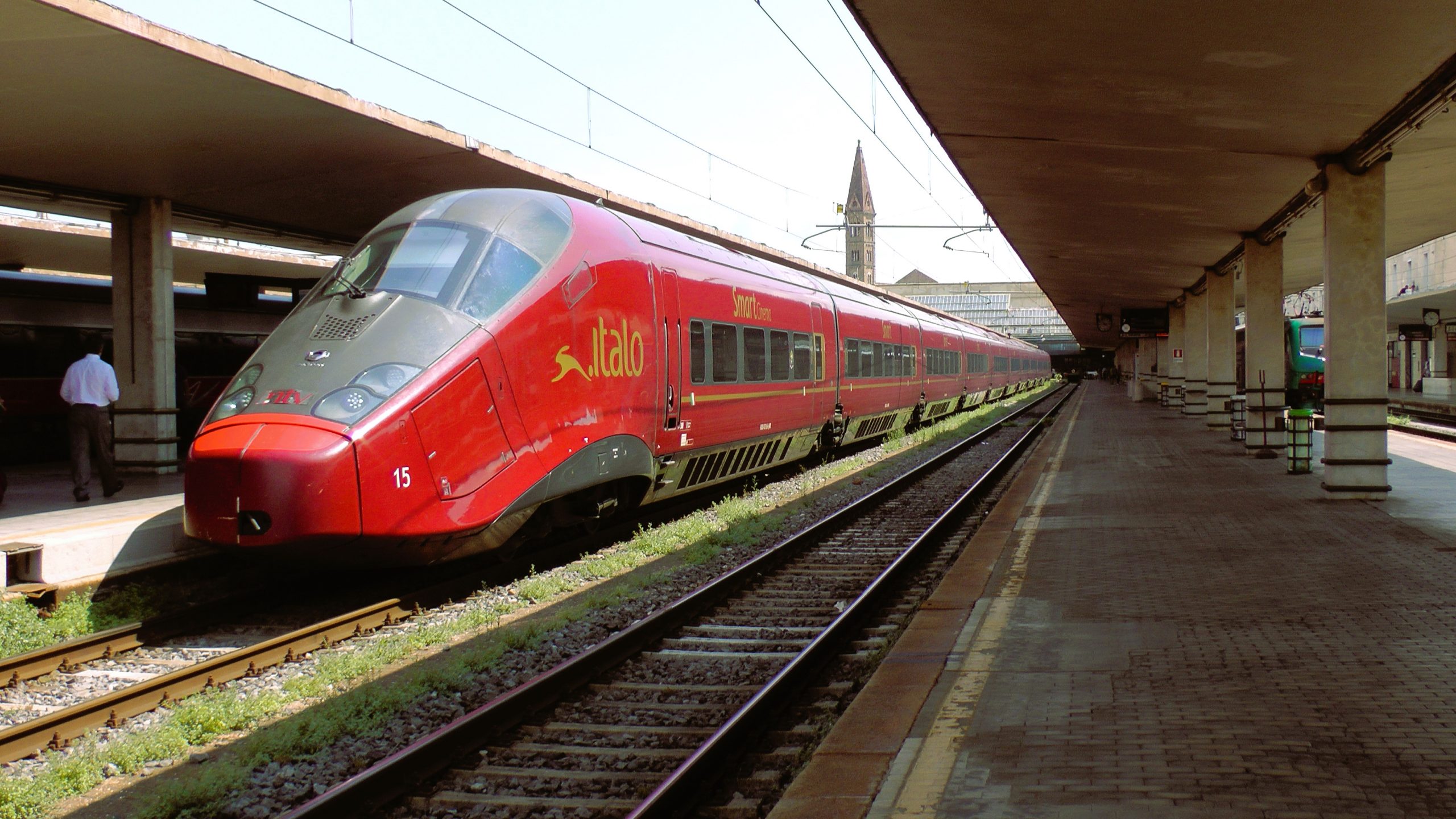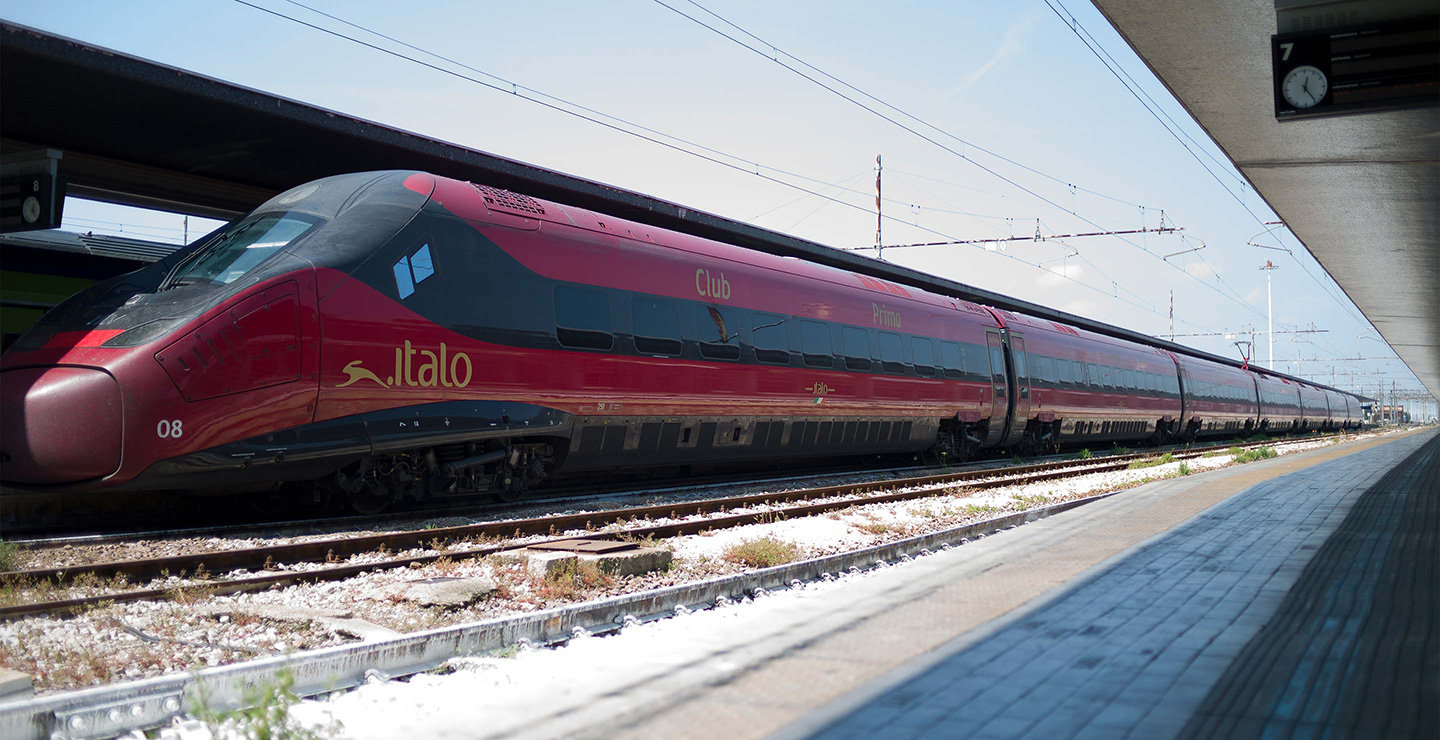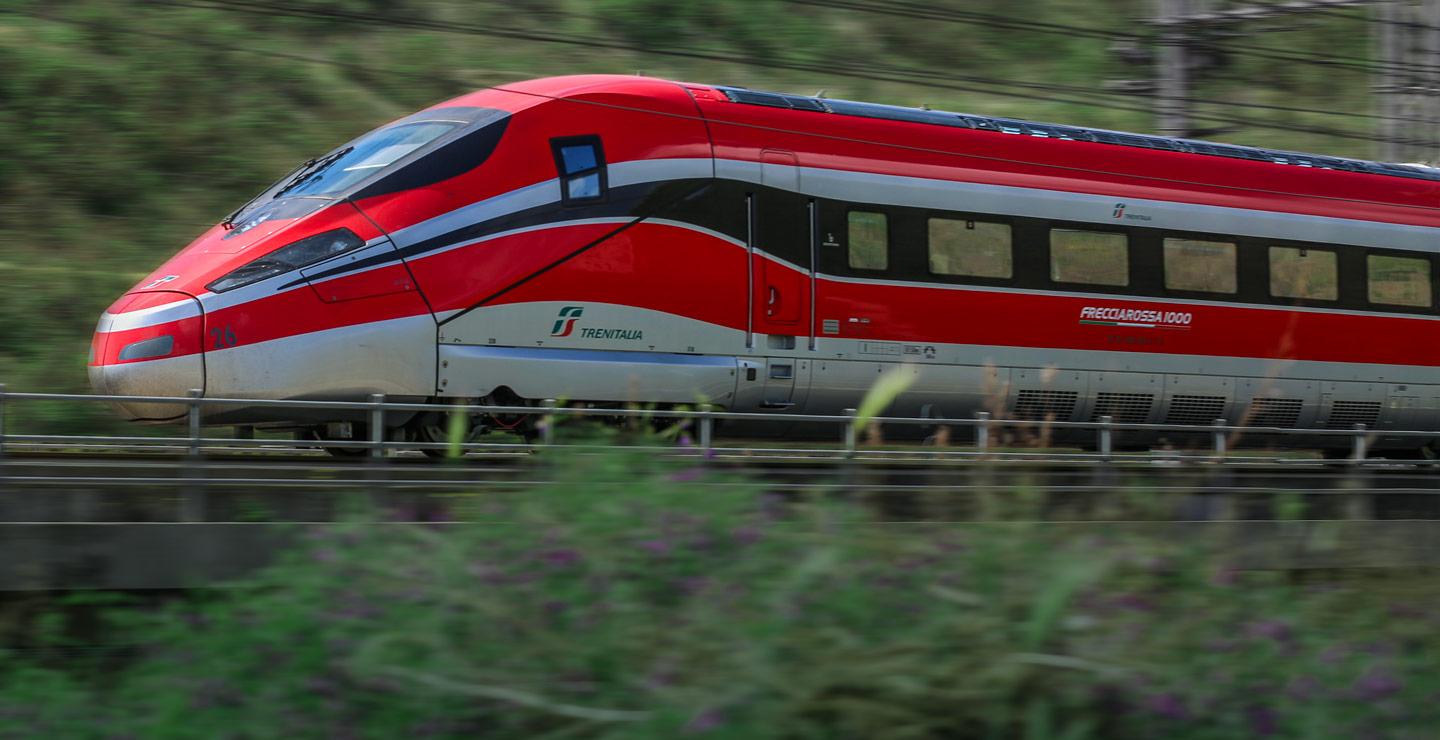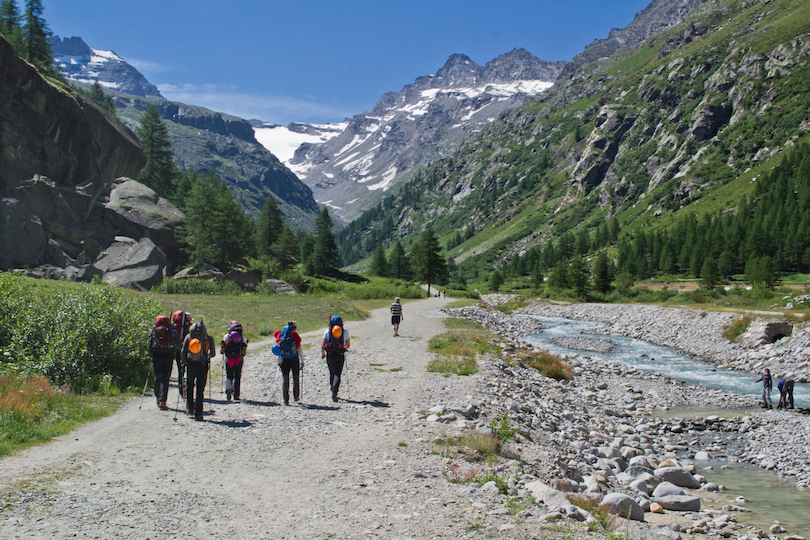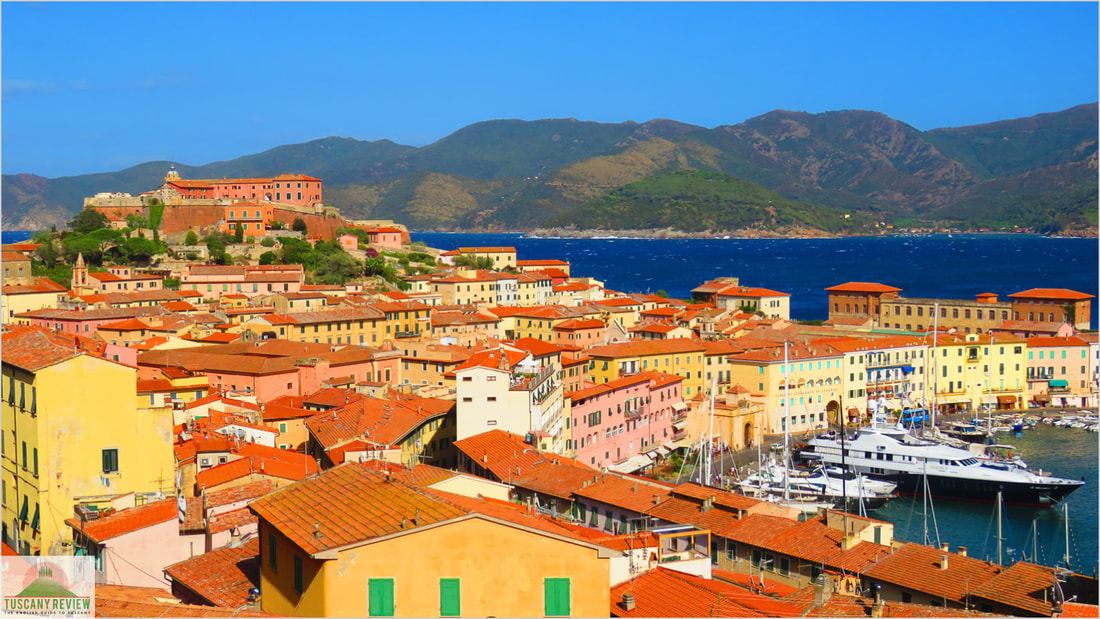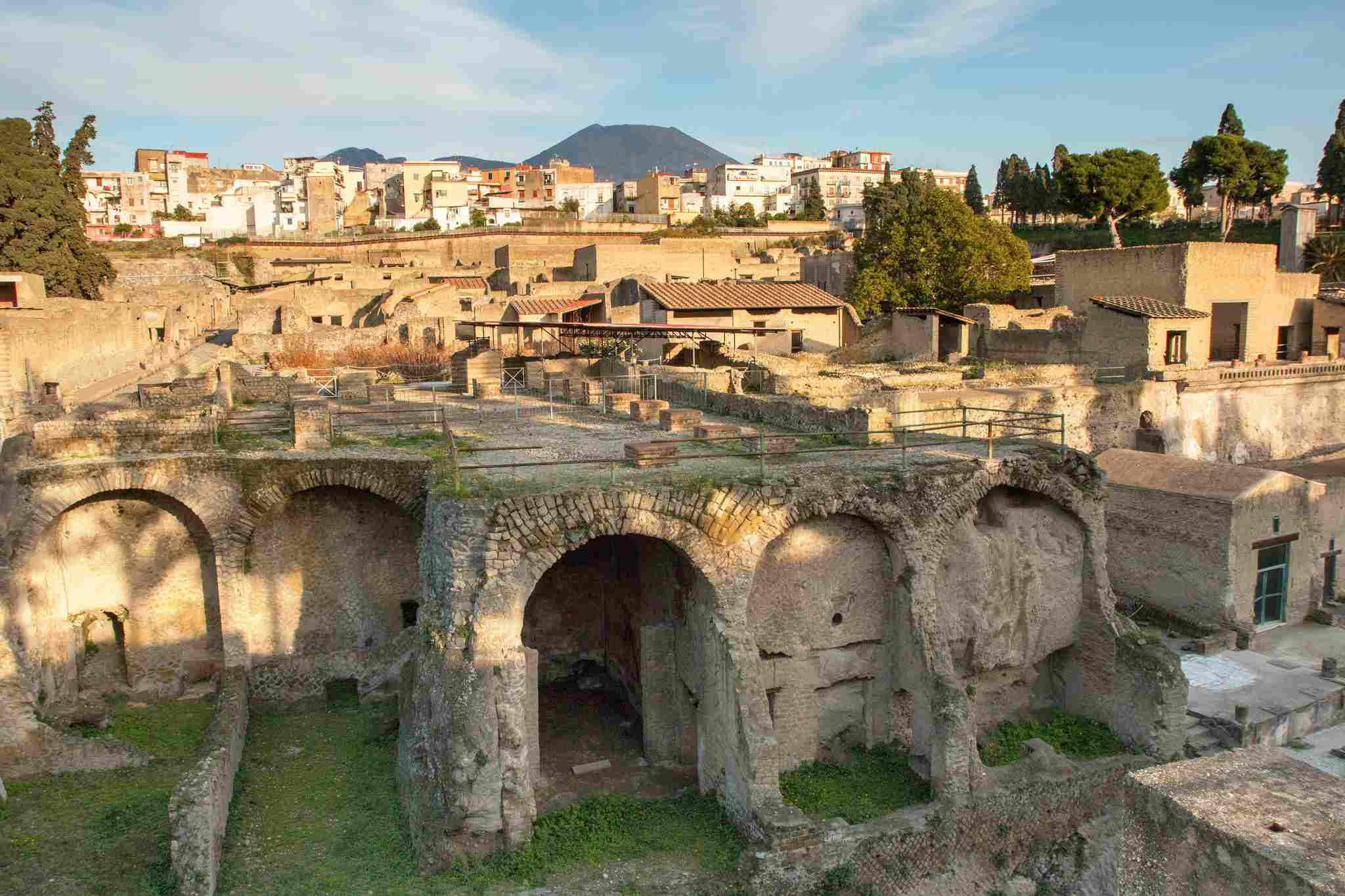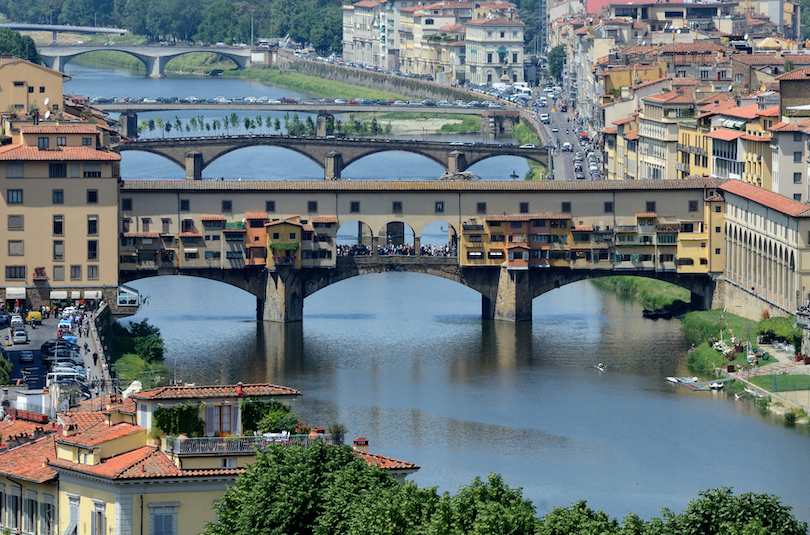Popular Hotels in Italy
Splendido Mare, A Belmond Hotel
Italy
$750Splendido Mare, A Belmond Hotel, is a luxurious retreat nestled in the heart of Portofino, Italy, overlooking the iconic Piazzetta and the vibrant harbor. Renowned for its elegant design and exceptional service, the hotel offers guests an intimate experience of the Italian Riviera. Accommodations: The hotel features 14 meticulously designed rooms and suites, each reflecting the charm of Ligurian heritage with modern sophistication. Guests can enjoy views of the bustling harbor or the quaint village square, with interiors adorned in light pastels and velvet fabrics that exude a contemporary allure. Notably, the Ava Gardner Suite offers a spacious terrace with panoramic vistas of Portofino Bay.Dining: At the hotel's restaurant, guests can indulge in authentic Italian cuisine crafted from locally sourced ingredients, all while enjoying picturesque views of the harbor. The menu celebrates regional flavors, offering a true taste of Ligurian culinary traditions.Amenities: Guests have access to a range of luxurious amenities, including a private beach, an outdoor swimming pool, and a fitness center equipped with personal trainers. The hotel also offers beauty services, such as manicures, pedicures, and hair treatments, ensuring a relaxing and rejuvenating stay.
Book NowAnantara Convento di Amalfi Grand Hotel
Italy
$500Anantara Convento di Amalfi Grand Hotel is a luxurious five-star retreat perched on the cliffs of the Amalfi Coast, offering breathtaking views of the Mediterranean Sea. Housed in a meticulously restored 13th-century Capuchin convent, the hotel seamlessly blends historical charm with modern elegance. Accommodations: The hotel features 52 elegantly appointed rooms and suites, each offering stunning sea views. The interiors are adorned with terracotta floors, marble bathrooms, and a soothing white décor that complements the serene surroundings. Some suites are uniquely decorated with 19th-century frescoed ceilings, adding a touch of historical grandeur to the contemporary luxury.Dining: Guests can indulge in exquisite culinary experiences at the hotel's two restaurants. 'Dei Cappuccini' offers a fusion of Kyushu-style Japanese cuisine with Mediterranean influences, providing a unique dining experience with the Mediterranean as a backdrop. 'La Locanda' serves casual lunches in an open-air setting, allowing guests to enjoy delectable cuisine while soaking in the panoramic sea views.Amenities: The hotel boasts a stunning infinity-edge pool carved directly into the cliffside, offering an unparalleled swimming experience with the vast expanse of the sea stretching out before you. Guests can also enjoy a state-of-the-art fitness center, a full-service spa offering a range of treatments, and beautifully landscaped gardens perfect for leisurely strolls.Location: Situated just a short walk from the historic Piazza del Duomo and overlooking the harbor, the hotel's location is both secluded and conveniently close to Amalfi's cultural landmarks. This prime position allows guests to immerse themselves in the rich history and vibrant life of the Amalfi Coast while enjoying the tranquility of a cliffside retreat.
Book NowGrand Hotel Continental Siena
Italy
$400The Grand Hotel Continental Siena - Starhotels Collezione is a distinguished five-star hotel nestled in the heart of Siena, Italy. Housed in the meticulously restored 16th-century Palazzo Gori, this hotel seamlessly blends historical grandeur with modern luxury. Accommodations: The hotel offers 51 elegantly appointed rooms and suites, each reflecting the building's rich heritage. Guests can expect Carrara-marble bathrooms and decor featuring Chinese porcelain lamps. Many rooms showcase original frescoes, providing a unique historical ambiance.Dining: The on-site Sapordivino Restaurant specializes in local cuisine, offering guests an authentic taste of Tuscany. The hotel also boasts a 3,000-bottle wine cellar, discovered during renovations, where daily wine tastings are held.Amenities: Guests can enjoy amenities such as free Wi-Fi, two bars, a coffee shop, and a 24-hour business center. Additional services include valet parking, concierge assistance, and airport shuttle arrangements.Location: Situated just steps from Piazza del Campo and the Duomo, the hotel provides an ideal base for exploring Siena's cultural and culinary delights. Its central location allows guests to immerse themselves in the city's vibrant atmosphere.
Book NowRome Cavalieri, A Waldorf Astoria Hotel
Italy
$400The Rome Cavalieri, A Waldorf Astoria Hotel, is a luxurious five-star property situated atop Monte Mario, offering panoramic views of Rome and the Vatican City. Renowned for its opulent accommodations, world-class dining, and extensive art collection, the hotel provides guests with a unique blend of elegance and comfort. Accommodations: The hotel boasts 370 spacious rooms and suites, each featuring a private balcony. Guests can enjoy modern amenities such as flat-screen TVs, minibars, and Wi-Fi access. The rooms are elegantly furnished, reflecting the hotel's commitment to luxury and comfort.Dining: Culinary excellence is a hallmark of the Rome Cavalieri. The hotel is home to La Pergola, Rome's only three-Michelin-starred restaurant, where Chef Heinz Beck offers a menu of innovative Italian cuisine. For more casual dining, guests can visit the Uliveto Restaurant, which serves Mediterranean dishes in a relaxed atmosphere.
Book NowVilla Blu Capri Hotel
Italy
$445Villa Blu Capri Hotel is a five-star, adults-only boutique hotel located in the heart of Anacapri on the island of Capri, Italy. The hotel seamlessly blends traditional Mediterranean charm with modern luxury, offering guests a tranquil retreat amidst the vibrant surroundings of Anacapri. Accommodations: The hotel features 19 elegantly designed rooms and suites, each reflecting a minimalist yet sophisticated aesthetic. Decorated in light, soothing tones, the accommodations are equipped with modern amenities, including flat-screen TVs with Sky channels, minibars, and private bathrooms. Some rooms offer views of the pool, and select suites are furnished with whirlpool tubs for an added touch of luxury.Dining: Guests can indulge in culinary delights at the hotel's Capriccio Restaurant, which offers a blend of traditional Italian cuisine and contemporary flavors. The Blue Lounge provides a relaxed atmosphere for enjoying cocktails and light snacks, making it an ideal spot to unwind after a day of exploration.Amenities: Villa Blu Capri boasts a range of amenities designed for relaxation and rejuvenation. The outdoor swimming pool, complete with a hot tub, is set amidst a sun terrace where guests can lounge and soak up the Mediterranean sun. The on-site wellness center offers various treatments and therapies, providing a sanctuary for those seeking to unwind.Location: Situated in the historic center of Anacapri, the hotel offers easy access to local attractions, shops, and cafes. Its prime location allows guests to immerse themselves in the rich culture and beauty of the island, with Capri Harbour just a short drive away, offering connections to Naples and Sorrento.
Book NowRome Marriott Park Hotel
Italy
$250Enjoy a break at this incredible property that features stylish rooms, a restaurant, a spa and a swimming pool.
Book NowTherasia Resort
Italy
$1000Therasia Resort Sea & Spa is a luxurious five-star retreat located on the island of Vulcano, part of Italy's Aeolian archipelago. Perched on a promontory, the resort offers panoramic views of the surrounding islands and the Tyrrhenian Sea, providing guests with a serene and picturesque environment. Accommodations: The resort features elegantly designed rooms and suites, each adorned with soft, relaxing colors and equipped with modern amenities. Natural materials such as molten rock from Mount Etna, Sicilian terracotta, cedar, and olive wood have been used in the construction, reflecting the local heritage. Private balconies or terraces accompany many rooms, offering stunning sea views.Dining: Therasia Resort boasts four distinct restaurants, catering to a variety of culinary preferences: Il Cappero: A Michelin-starred restaurant offering gourmet cuisine with a focus on local ingredients. I Tenerumi: Another Michelin-starred venue specializing in vegetarian dishes, showcasing the richness of Sicilian produce. L'Arcipelago: Provides a more casual dining experience with traditional Italian dishes. I Grusoni: A poolside café serving light meals and refreshments.Amenities: The resort's amenities are designed to promote relaxation and well-being: Infinity Pools: Two freshwater infinity pools that blend seamlessly with the sea horizon. Seawater Pools: Terraced pools filled with seawater, providing a unique swimming experience. Spa: A modern spa offering exclusive treatments, a hammam, and other wellness facilities. Private Sea Access: Direct access to the sea allows guests to explore the clear waters surrounding Vulcano.
Book Now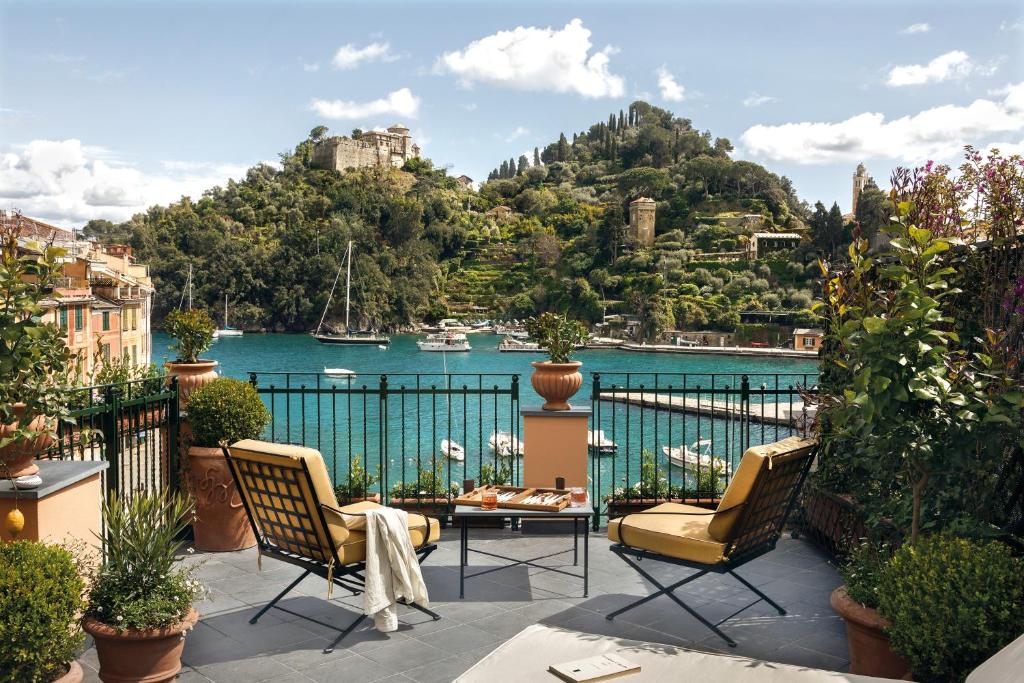
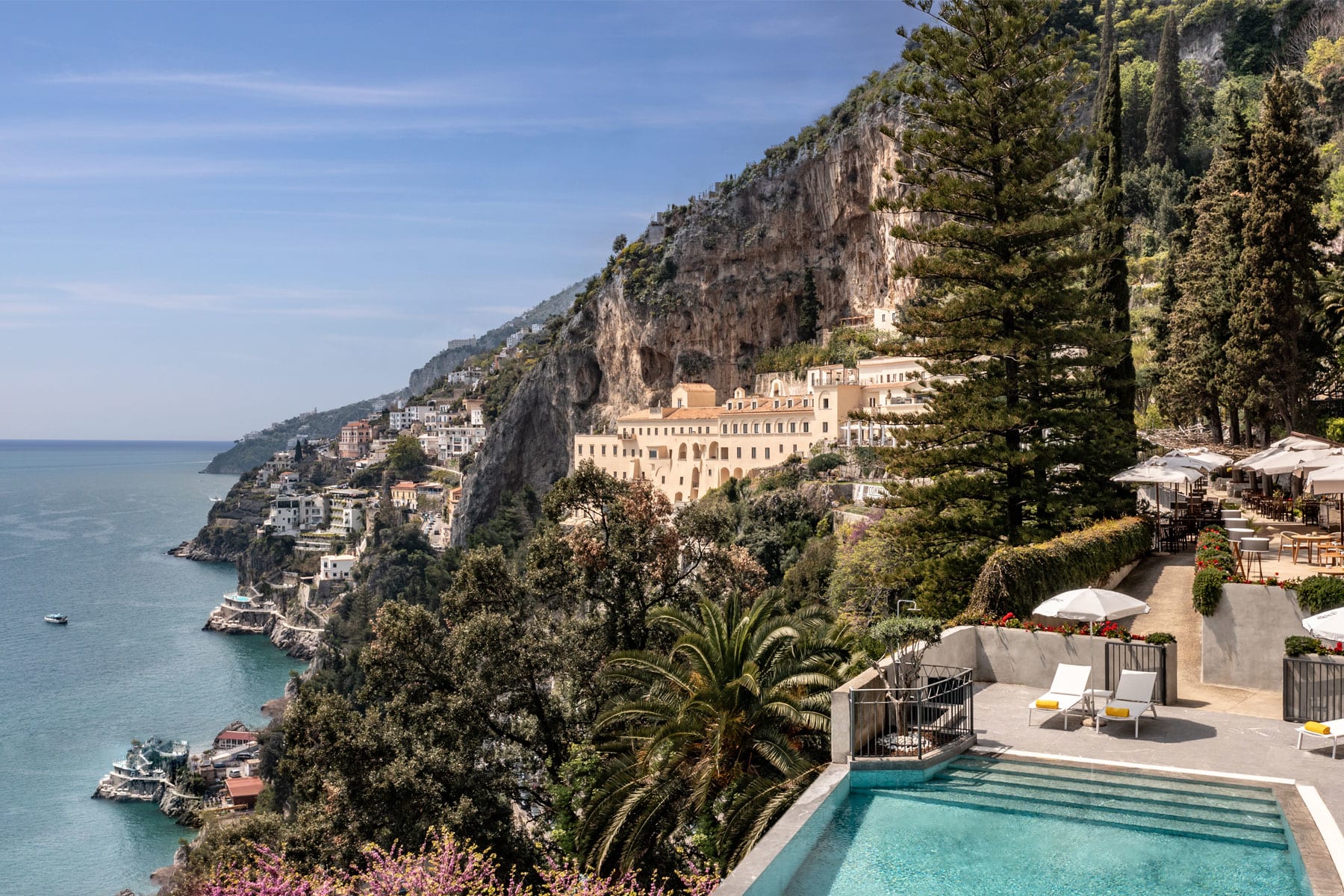
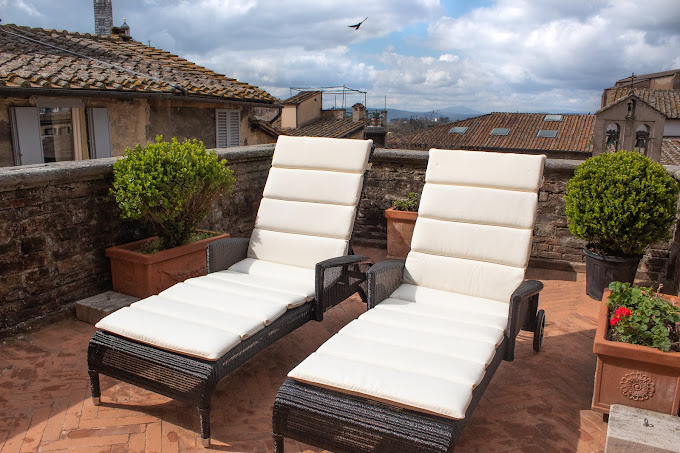
.jpeg)

